CLIMATE TIPPING POINTS
“The moment of critical mass, the threshold, and the boiling point.” (Gladwell, 2000). That’s how Malcom Gladwell popularised the term “Tipping Point” back in 2000. Since then, the term has been increasingly welcomed in Climate Change science. The IPCC (Intergovernmental Panel on Climate Change) started using the term in its Fourth Assessment Report in relation to “Abrupt Climate Change”, which is defined in its Fifth Assessment Report as “A large-scale change in the climate system that takes place over a few decades or less, persists (or is anticipated to persist) for at least a few decades, and causes substantial disruptions in human and natural systems.” (Meehl et al., 2007; Collins et al., 2013).
A tipping point describes a moment in time when an aspect of the climate, such as temperature or humidity, undergoes an abrupt change in state (Meehl et al., 2007). It shifts from a smooth, consistent response to a force acting upon it, to a structurally different state. Think of water freezing: the water may be slowly cooling for some time, but the effect of crystallising into ice can happen quite rapidly.
“A number of components or phenomena within the Earth system have been proposed as potentially possessing critical thresholds (sometimes referred to as tipping points), beyond which abrupt or nonlinear transitions to a different state ensues.”
– Collins et al., 2013
In practical terms, a minimum increase of warming of the climate system could result in the smooth gradual response already occurring (Pachauri & Meyer, 2015). These impacts include changes in precipitation, melting snow and ice, affected species and crops, ocean acidification, and extreme weather events such as heat waves, droughts, floods, cyclones, and wildfires (Pachauri & Meyer, 2015). However, this warming could also result in abrupt changes of the system as has been shown in separate scientific studies (Bellamy & Hulme, 2011).
Robert McSweeney from CarbonBrief compares the changes to components of the Earth system, such as ice sheets or ecosystems, to the tower of blocks in the game Jenga, saying:
“The gradual increase in global temperature sees block after block removed from the tower and placed on top. As time goes on, the tower becomes more and more misshapen and unstable. At some point, the tower can no longer support itself and it tips over.”
– McSweeney, 2020
The last block removed was the tipping point, a small change that forced the system into a new state.
ABRUPT CLIMATE CHANGE
An article from CarbonBrief identifies nine abrupt climate changes that would be the result of reaching critical thresholds or tipping points (McSweeney, 2020).
Three of these already show evidence of reaching a tipping point or being on the verge of it:
Amazon Rainforest Dieback
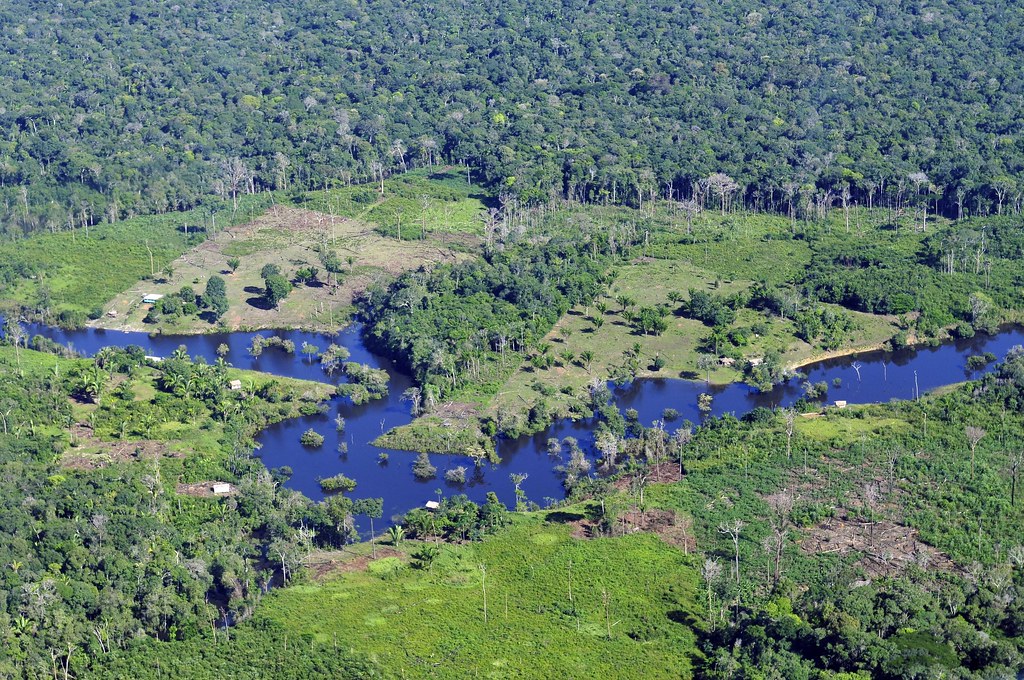
The Amazon rainforest depends on its own process of evapotranspiration, which is the combination of the evaporation of heavy rains and the transpiration of the plant’s leaves.
According to Professor Richard Betts in an interview for CarbonBrief, there are three potential causes that could compromise evapotranspiration in the Amazon rainforest (McSweeney, 2020).
1. A decline in rainfall in response to a warming climate.
2. Reduced transpiration due to a higher concentration of CO2 in the atmosphere.
3. Deforestation: fewer trees equals less evapotranspiration.
Any of these could become the tipping point leading to the death of the Amazon rainforest.
Professor Carlos Nobre, leading expert on the Amazon and climate change, states that without considering the impacts of climate change, cutting down 40% of the rainforest would turn 60-70% of the Amazon into a dry savanna (Montaigne, 2019). When you add in the current rate of global warming, the tipping point drops. You only need to remove 20-25% of the rainforest to reach the point at which 50-60% of the forest becomes a savanna. At the current rate of 15-17% total deforestation, that’s only 20-30 years away.
Another study suggests that the Amazon rainforest may have already reached a tipping point, becoming unable to renew itself, and beginning to emit more CO2 than it absorbs: “Results from a decade-long study of greenhouse gases over the Amazon basin appear to show around 20% of the total area has become a net source of carbon dioxide in the atmosphere. One of the main causes is deforestation.” (Gatehouse, 2020).
“Dry seasons in Amazonian regions are already hotter and longer. Mortality rates of wet climate species are increased, whereas dry climate species are showing resilience. The increasing frequency of unprecedented droughts in 2005, 2010, and 2015/16 is signaling that the tipping point is at hand.”
– Lovejoy & Nobre, 2019
Coral Reef Die-off
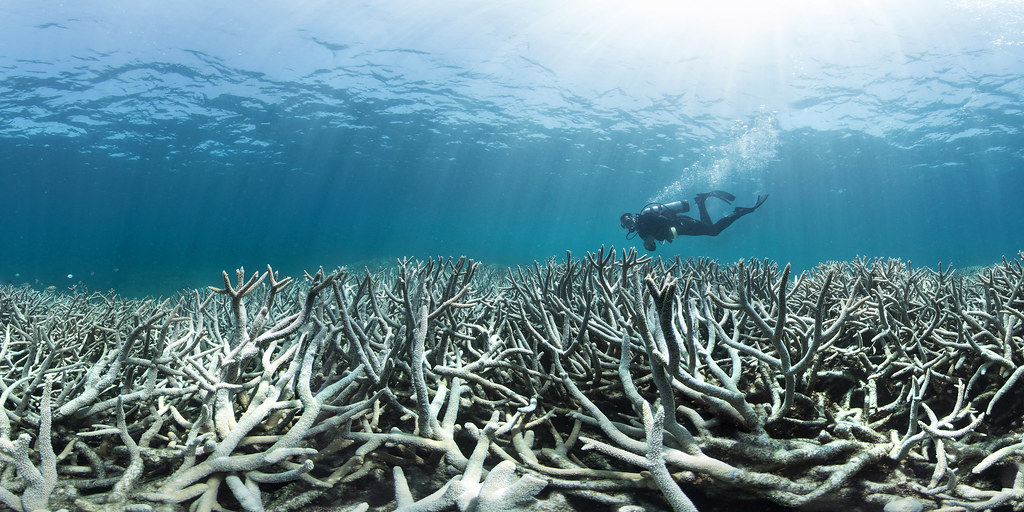
Coral reefs shelter the highest biodiversity of any ecosystem globally and directly support over 500 million people (IUCN, 2021). They are also considered one of the most sensitive ecosystems to climate change (NORA):
- A warming ocean causes thermal stress which contributes to coral bleaching and infectious disease.
- Sea level rise increases sedimentation, which leads to coral being smothered.
- Changes in storm patterns may destroy the reef structure.
- Changes in precipitation increases the runoff of fresh water, sediments, and pollutants.
- Altered ocean currents change the connectivity and temperature regimes of coral reefs, which results in a lack of food and prevents dispersal of larvae.
- Ocean acidification reduces pH levels causing a decrease in coral growth rates and structural integrity.
A study about coral bleaching patterns shows that bleaching events went from an average of once every 25 to 30 years in 1980, to once every six years in 2016 (Hughes et al., 2018). That’s five times more frequent. There have been three global mass-bleaching events caused by marine heatwaves, in 1998, 2010, and 2014-17. During the last one, the number of reefs exposed to bleaching-level heat stress was tripled compared to the 1998 one (Skirving et al., 2019).
The overall impact of climate change on coral life has been a persistent shift from the originally dominant presence of corals, to a preponderance of fleshy seaweed or other weedy assemblages (Hughes et al.,2010).
“Even achieving emissions reduction targets consistent with the ambitious goal of 1.5°C of global warming under the Paris Agreement will result in the further loss of 70–90% of reef-building corals compared to today, with 99% of corals being lost under warming of 2°C or more above the pre-industrial period.”
– IPCC, 2018
Boreal Forest Shift
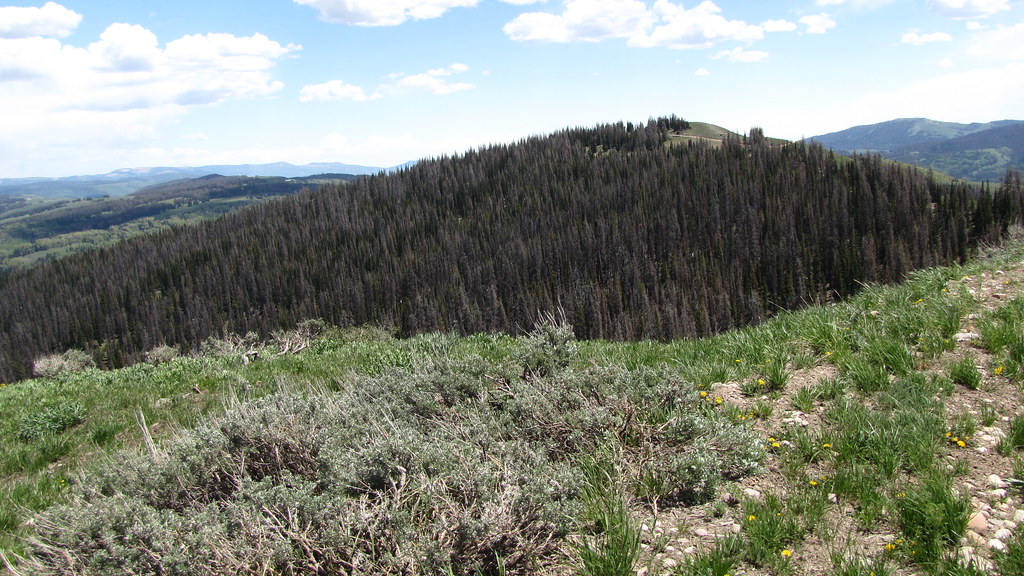
The Boreal forest represents about 30% of the global forest area; it’s the world’s largest biome and contains more surface freshwater than any other biome (International Boreal Forest Research Association). From a biological perspective “Boreal forests are defined as forests growing in high-latitude environments where freezing temperatures occur for 6 to 8 months and in which trees are capable of reaching a minimum height of 5 m and a canopy cover of 10%.” (International Boreal Forest Research Association).
The current warming trend, with its unprecedented speed and the fact that it’s more pronounced in colder areas of the planet, is having a huge impact on Boreal forests (International Boreal Forest Research Association). The melting of permafrost, changes in tree growth rates, increased woodland fires, and changes in the dynamics of insect outbreaks contribute to nearing a tipping point for rapid changes in this kind of forest (Lenton, 2012).
Results of research suggest that, in response to climate change, this kind of ecosystem “will tend to shift relatively sharply between alternative states” instead of a gradual response (Scheffer et al., 2012). Professor Scott Goetz, lead scientist on NASA’s Arctic Boreal Vulnerability Experiment, explains, “An example of a tipping point in boreal forests is a situation where an extreme fire event or repeated severe events render the system incapable of regenerating as a forest ecosystem and instead shifts the system to a sparsely wooded or grassland ecosystem.” (McSweeney, 2020).
An Alaskan study suggests that “a widespread shift from coniferous to deciduous vegetation began around 1990 and will continue over the next several decades.” (Mann et al., 2012). The IPCC states with high confidence that “High-latitude tundra and boreal forest are particularly at risk, and woody shrubs are already encroaching into tundra and will proceed with further warming.” (IPCC, 2018).
SOCIAL TIPPING POINTS: HOW DO WE FIX IT, FAST
It’s clear that global warming is the most significant factor in multiple rapidly-approaching tipping points on Earth. So, achieving the Paris Climate Agreement (keeping global warming to 1.5°C) is vital to prevent abrupt climate changes. However, actions have been delayed for so long that only abrupt change will be able to keep us on track. Now we need carbon-neutral societies and that requires dramatic technological progress, policy implementations, and wide-scale changes (Levin, 2018).
There is hope. Just as climate tipping points could result in abrupt climate changes, social tipping points could produce abrupt social interventions. Mikoreit et al. define a social tipping point as:
“A point within a social-ecological system at which a small quantitative change inevitably triggers a non-linear change in the social component of the system, driven by a self-reinforcing positive feedback mechanisms, that inevitably and often irreversibly lead to a qualitatively different state of the social system”.
– Milkoreit et al, 2018
A study found that reaching certain social tipping points could lead to a rapid transformation into a decarbonised global society (Otto et al., 2020). Just as Earth’s climate system has a number of components that possess critical thresholds, the study identifies elements of global society which also have critical thresholds or social tipping points (Roberts, 2020):
- Energy Production
Removing all subsidies from fossil fuels and redirecting government support to clean energy could generate an abrupt change in which there are increasing financial returns to clean energy investments.
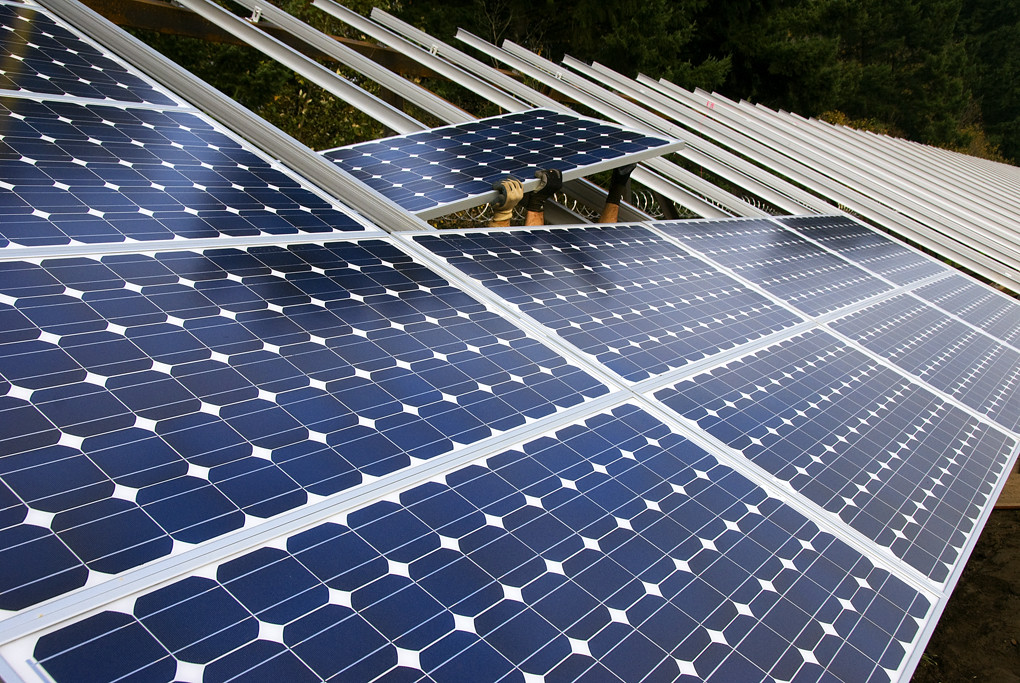
- Human Settlements
Infrastructural development could reach a tipping point when fossil-fuel-free technologies become the first choice for construction projects. This could be possible by changing building codes, building large scale carbon-free demonstration projects, creating local clean technology clusters, and developing large scale public infrastructure projects.
- Financial
Divestment can lead to a big change in the financial element. This change is based on a reinforcing cycle in which big organizations withdraw their investments on fossil fuels, motivated by the risk perception of lots of assets losing their value under serious climate policy.
- Social Norms and Values
A sufficiently large and committed minority, that reveals the moral implications of the continued burning of fossil fuels, can become the tipping point that causes rapid shifts in the behavioural norms of the majority group.
- Education
Education plays a crucial role in social transformation. Increasing the quantity and quality of climate-related instruction in basic education could lead to a change in society’s position regarding the problem.
- Information
Improved tracking, monitoring, and corporate disclosure systems allow for a better flow of carbon information, making it more accessible and visible to consumers, businesses and governments. This could trigger rapid social change.
KEEP THRIVING FOR SOCIAL TIPPING POINTS
Here at THRIVE we believe in tipping points. We believe that every one of us, from wherever we are in this world, has the ability to create big change with our actions.
Some of these social tipping points are close to being reached (Lenferna et al., 2020). Renewable energy prices are now lower than fossil fuel prices in some world markets. A new generation, more climate aware and politically active, is surfacing. The fossil fuel industry is increasingly losing its social and moral legitimacy. Releasing information is resulting in the public asking for changes. And more.
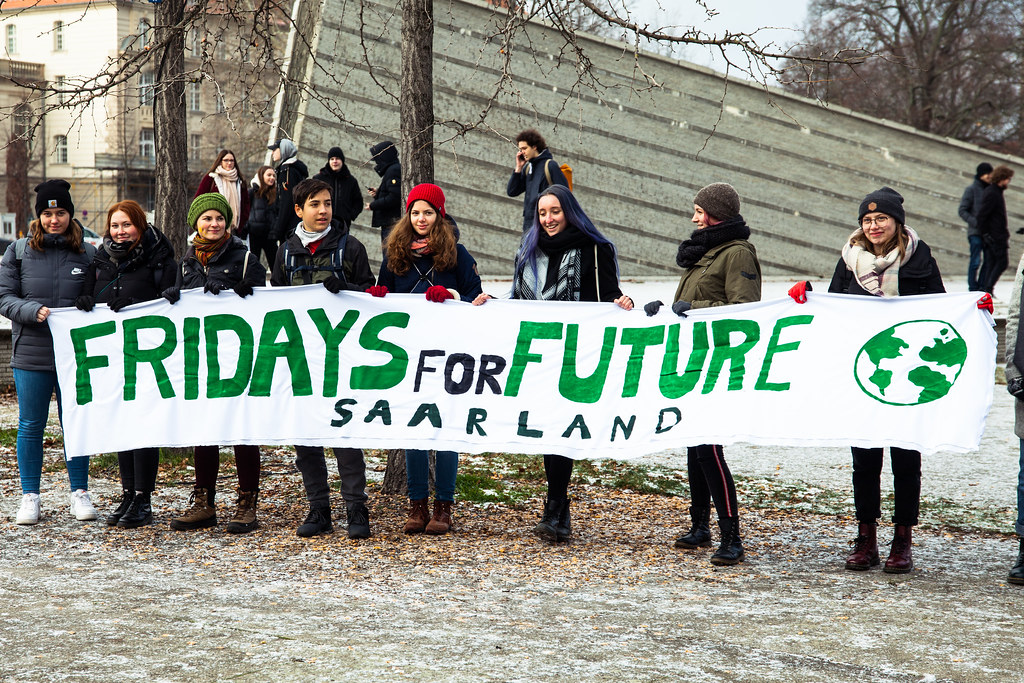
Your actions are important. For more information on how THRIVE can support them visit our webpage. If you want to know more about sustainability issues read our blog.























